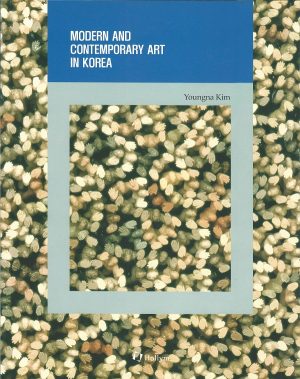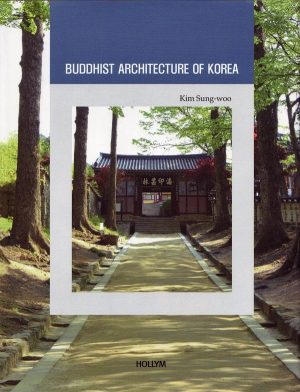Seasonal Customs of Korea
$38.50 – $42.50
Seasonal Customs of Korea
In this fast-paced, rapidly changing world, Korea has not been unaffected. Many long-observed seasonal customs still practiced just a few short decades ago have now disappeared or are quickly disappearing. (Children prefer computer games to kite-flying and top-spinning on Lunar New Year’s Day.) Although a custom may no longer be explicitly followed, knowledge of it has more importance than merely satisfying one’s inquisitiveness. The essence of the past manifests itself in the present. Korea’s long-observed seasonal customs of the past do still, however, have considerable influence upon the formation of the behavioral and attitudinal patterns of present-day society. In this way, customs of yesteryear live on to influence the present, and ultimately, the future.
Most seasonal customs have been formed and developed as a result of the cycles of agriculture. Thus, they reflect people’s everyday life. As seasonal customs have been formed around unified experiences of people’s lives, Korea’s traditional culture has been transmitted through deeply embedded teachings, within which the sentiments of the people have also been preserved.
FOREWORD
I. Introduction
1. The Significance of Seasonal Customs
2. The Origins of Seasonal Customs
3. The Characteristics of Seasonal Customs
II. Customs of the Twenty-Four Seasonal Periods
III. The Lunar Calendar and Customs of the Twelve Months
1. The Lunar Calendar
2. The First Month: New Year’s Celebrations
3. The Second Month: Post-New Year’s Activities
4. The Third Month: Spring Flowers and Samjit-nal
5. The Fourth Month: Buddhist Celebrations
6. The Fifth Month: Dano
7. The Sixth Month: Yudu and Dog Days
8. The Seventh Month: Chilseok and Baekjung
9. The Eighth Month: Harvest Moon Festival
10. The Ninth Month: Negative Influences
11. The Tenth Month: National Foundation, Horses, and Sondol
12. The Eleventh Month: Dongjit-dal
13. The Twelfth Month: Seot-dal Rounds Out the Year
IV. Extra Special Days and Months
1. The Twelve Zodiac Days and Related Customs
2. The Intercalary Month
Bibliography
Index
Korean Culture Series:
-
-
-
-
Korean Landscape Painting
Continuity and Innovation Through the Ages (Korean Culture Series #4)$42.50 Add to cart -
-
-
-










